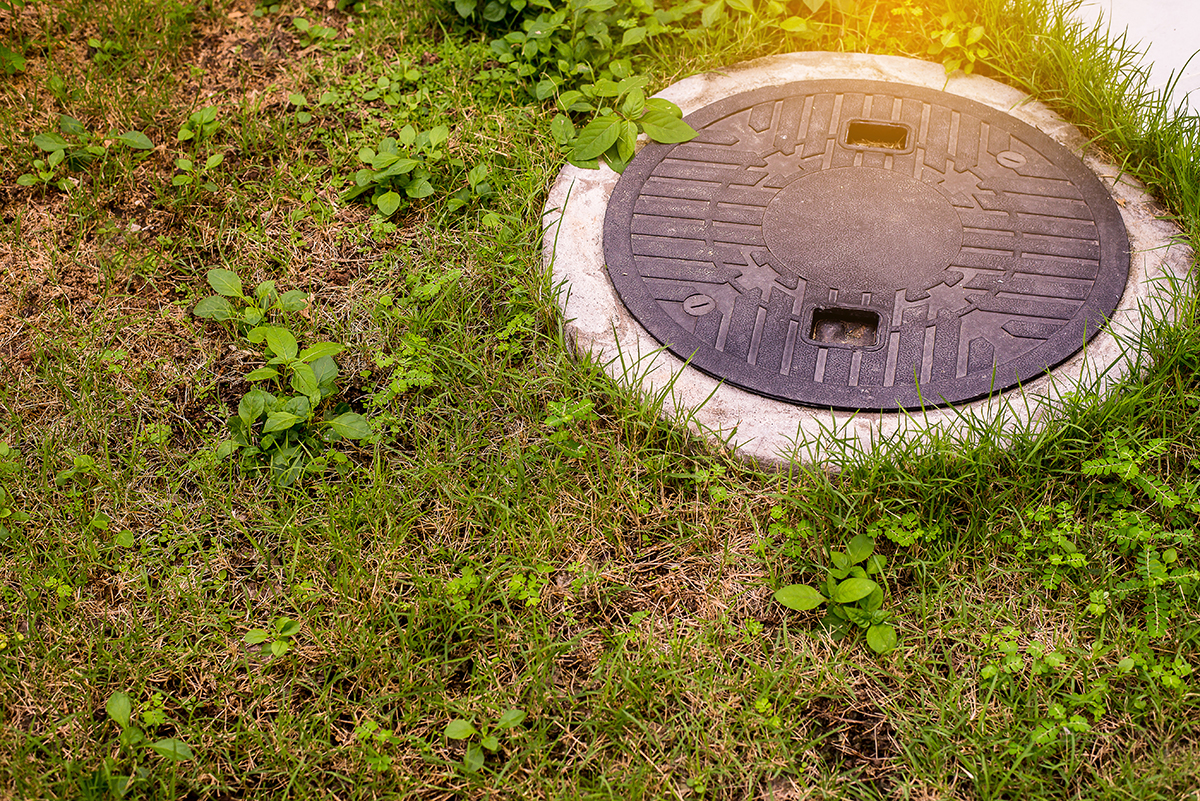In the serene landscapes of Northeastern Pennsylvania, where the harmony of nature meets the comforts of home, lies a critical yet often overlooked component of both commercial and residential well-being: the septic system. This underground ally plays a pivotal role in managing wastewater, ensuring that our daily activities do not disrupt the environment’s delicate balance. But what types of septic systems might be silently working beneath the soil of your home? Let’s dive into the depths of understanding six different septic systems, their mechanisms, and how they cater to various needs and soil conditions.
Understanding the Basics of Septic Systems
At its core, a septic system is a self-contained wastewater treatment structure. Typically found in areas lacking centralized sewer systems, these installations are crucial for the safe disposal and treatment of wastewater. These systems are present in both residential and commercial structures. From showers to kitchens, every drop of water used within your building ends up in one of these systems, where it undergoes a remarkable transformation before safely re-entering the environment.
Septic systems are an essential component of residential infrastructure in areas not served by municipal wastewater treatment plants. They provide an efficient way to treat and dispose of household wastewater onsite. Understanding the different types of septic systems is crucial, especially when considering installation, maintenance, or upgrades.
1. Conventional Septic Systems
Conventional septic systems, the most prevalent type in the United States, consist of two main components: a commercial or residential septic tank and a drainfield. The system begins when wastewater exits the household or business and enters the septic tank, where a natural separation occurs. Solid waste material settles at the bottom as sludge, while lighter materials like oils rise to the top, forming a scum layer. The liquid effluent in the middle layer then moves to the drainfield for further treatment. As the effluent filters through the soil, microorganisms break down pathogens, significantly cleaning the water before it reaches the groundwater.
Conventional septic systems’ success largely depends on the soil’s ability to absorb and purify the effluent, with their effectiveness varying based on local soil conditions and topography. Regular maintenance, including periodic tank pumping and system inspections, ensures these systems function efficiently and prevent environmental contamination. By leveraging natural processes to manage wastewater, properly maintained conventional septic systems offer a reliable and environmentally friendly solution for areas without access to centralized sewage treatment facilities.
2. Chamber Systems
Chamber systems are a modern alternative to gravel-filled drainfields. These types of septic systems consist of a series of connected chambers, with the area around and above them filled with soil. Wastewater flows into the septic tank, then into the chambers, and then is slowly released into the surrounding soil for treatment. Chamber systems are particularly suitable for areas with high groundwater or shallow soil depth.
3. Drip Distribution System
A drip distribution system is a type of effluent dispersal system that can be used in various soil conditions, including shallow soils. It uses a pump to slowly release the effluent into the drainfield through a series of small-diameter pipes, allowing for efficient wastewater treatment. This system requires electricity to operate and typically includes a timer to control the dosing intervals.
4. Aerobic Treatment Unit (ATU)
Aerobic Treatment Units (ATUs) represent a significant advancement in wastewater treatment technology, especially compared to traditional septic systems. The core functionality of ATUs revolves around the injection of air into the wastewater. This process creates an oxygen-rich environment conducive to the proliferation of aerobic bacteria. These microorganisms are more efficient at decomposing organic waste than their anaerobic counterparts found in conventional septic tanks. The enhanced decomposition results in a cleaner, more environmentally friendly effluent.
The superior treatment capability of ATUs translates to several practical benefits, particularly in areas where traditional septic systems may not be feasible or optimal. For instance, properties with limited soil absorption capacity, high groundwater levels, or proximity to sensitive water bodies can gain from implementing ATUs. The treated effluent from these units can be safely discharged into smaller drainfields or utilized in other dispersion methods, thus minimizing the environmental footprint of wastewater disposal. This efficiency makes ATUs ideal for locations with stringent environmental protection requirements or homeowners seeking advanced wastewater management solutions.
5. Mound Systems
Mound systems come into play when the available soil depth is insufficient for conventional or alternative septic systems. This method entails the creation of a sand mound above ground level, coupled with integrating a pipework system within this artificially constructed mound. Effluent from the septic tank is directed to this mound, where it undergoes filtration through the specially chosen sand material. This process allows for the preliminary treatment of the effluent, ensuring it is cleaner by the time it permeates into the underlying natural soil. Although mound systems are recognized for their efficiency in areas with challenging soil conditions, they are often associated with higher costs due to the necessity for additional materials and the complexity of the construction process.
What Will Future Types of Septic Systems Be Like?
As you continue to understand and appreciate the intricacies of wastewater management, you’ll see that the evolution of septic systems reflects a commitment to environmental stewardship and technological innovation. From the simplicity of conventional systems to the sophistication of aerobic and advanced treatment units, each system plays a vital role in protecting the planet’s water resources and sustaining the health of communities all over the globe.
Septic systems are diverse and complex, each designed to meet specific environmental and residential or commercial needs. For homeowners and commercial building owners alike in Northeastern Pennsylvania, understanding the nuances of these systems is not just about maintaining a healthy home but also about contributing to the sustainability of our cherished landscapes. If you need any help with your septic system, please feel free to reach out to us at Biros! We are ready to help with all types of septic systems and their various needs.

